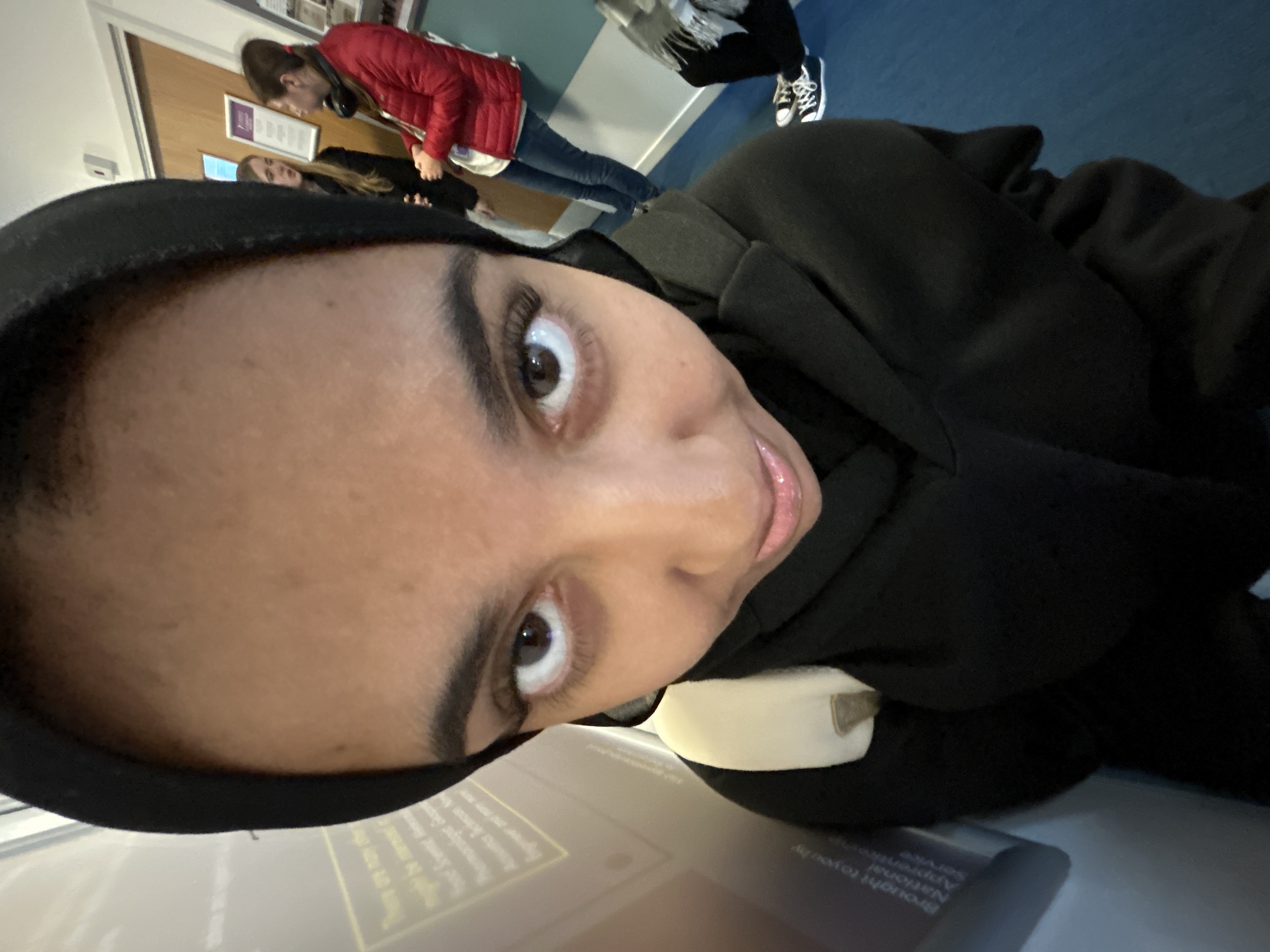Atomic structure
Cards (31)
- What particles make up the nucleus of an atom?
- What is the overall charge of the nucleus?
- In a neutral atom, what is the relationship between the number of electrons and protons?
- What is the relative charge of a proton?
- What is the relative charge of a neutron?
- What is the relative mass of a proton?
- What is the relative mass of a neutron?
- What is the relative mass of an electron?
- How many electrons can shell 2 hold?
- What must happen before the next electron shell can hold electrons?
- What does the mass number (A) represent?
- If an atom has an atomic number of 7 and a mass number of 14, how many neutrons does it have?
- What is relative atomic mass (Ar)?
- What do isotopes have in common?
- What is an ion?
- What is mass spectrometry used for?
- What does Time of Flight (TOF) Mass Spectrometry measure?
- What are the steps involved in Time of Flight (TOF) Mass Spectrometry?
- What happens during the ionisation process in mass spectrometry?
- What occurs during the detection phase of mass spectrometry?
- Why do isotopes of chlorine produce different combinations in mass spectrometry?
- What are the types of electron orbitals?
- How many electrons can an s-orbital hold?
- How many electrons can a p-orbital hold?
- How many electrons can a d-orbital hold?
- In what order are the orbitals filled?
- What is the electron configuration for sodium (Na) with 11 electrons?
- What are the three rules for writing electron configurations?
- What is ionisation energy?
- How does first ionisation energy change along a period in the Periodic Table?
- How does first ionisation energy change down a group in the Periodic Table?
